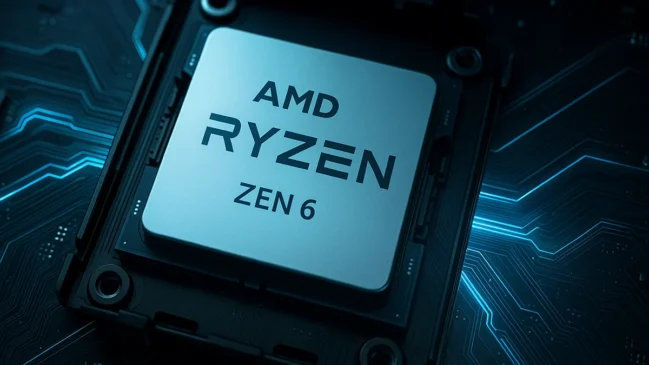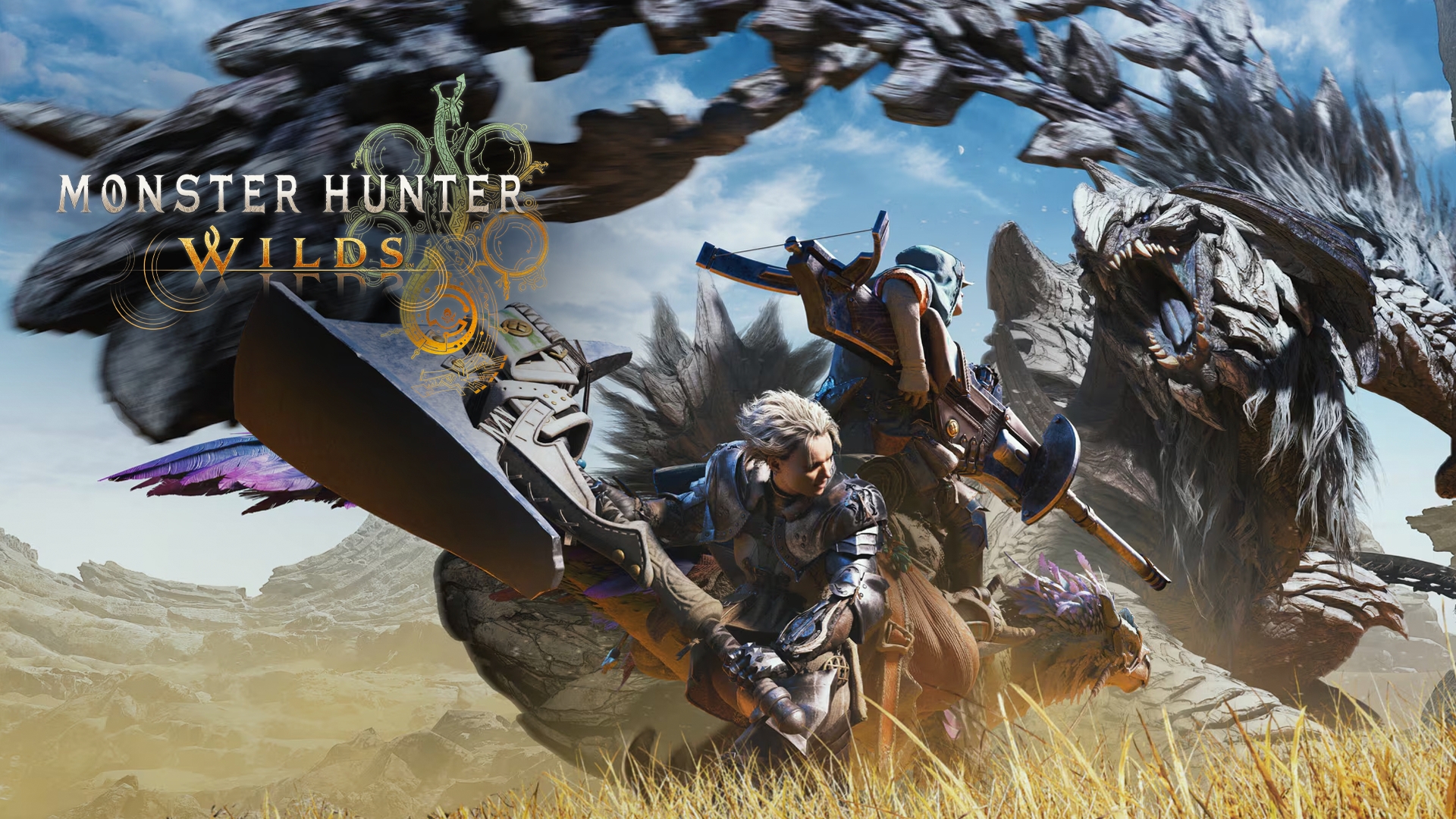
For over two decades, Monster Hunter has stood as one of Capcom’s most beloved franchises, captivating players with its exhilarating combat, intricate ecosystems, and deeply rewarding progression systems. Now, with Monster Hunter Wilds, the series takes a massive leap forward, offering an ambitious open-world experience that redefines the thrill of the hunt.
As the first mainline entry since Monster Hunter World in 2018, Wilds arrives with high expectations, promising not only a richer, more immersive world but also refinements that elevate both single-player and multiplayer experiences. From the moment you step into its vast, dynamic environments, it’s clear that Capcom has meticulously crafted an ecosystem where every monster, weather pattern, and environmental detail contributes to a living, breathing world.
AT A GLANCE
Genre: Action, Adventure, RPG
Developer: CAPCOM Co., Ltd.
Publisher: CAPCOM Co., Ltd.
Release Date: 28 Feb, 2025
Story
The Monster Hunter series has never been known for deep narratives, typically opting for light storytelling to justify its thrilling hunts. Monster Hunter Wilds, however, takes a more ambitious approach, delivering a structured and engaging tale that integrates seamlessly with its world and mechanics. It invites you into a world where every hunt is part of a larger mystery waiting to be unraveled. Set in the untamed Forbidden Lands—a sprawling, dynamically shifting ecosystem—the game places you in the role of a seasoned hunter enlisted by the Hunter’s Guild to investigate disturbances in the natural order. As you traverse diverse biomes from arid plains to lush, ancient ruins, subtle story threads begin to emerge that hint at a lost civilization and a mysterious force known only as the White Wraith.
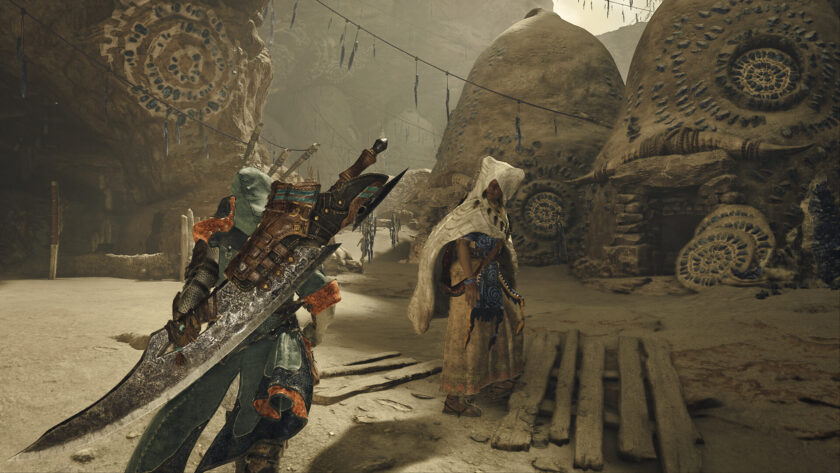
At the start, the Guild’s expedition is driven by a need to understand the sudden changes affecting monster behavior and the environment. Early encounters are framed as lessons in survival and adaptation, with each monster battle serving as both a challenge and a clue. As you progress through the story, you gather fragments of lore scattered across the lands—from faded murals in abandoned temples to whispered legends shared by local tribes. These elements slowly reveal that the Forbidden Lands were once the heart of a thriving civilization whose fall remains shrouded in mystery. The disruption of the ecosystem, it turns out, is closely tied to ancient conflicts and the resurgence of primal forces that were long thought to be dormant.
Though the narrative never overwhelms the core gameplay, its integration is seamless: cutscenes and character interactions provide context without pulling you out of the thrill of the hunt. The relationship between the hunter and the Guild becomes a subtle commentary on duty, discovery, and the responsibility of taming nature rather than dominating it. In Monster Hunter Wilds, every expedition is not just about surviving the next big monster—it’s about uncovering the hidden history of a land where nature’s balance has been tipped, and the echoes of a forgotten past are waiting to be heard.
Gameplay
Monster Hunter Wilds reinvents the core hunting experience by refining its signature formula and introducing several innovative gameplay additions that elevate both the strategic depth and overall fluidity of the game.
At the heart of the gameplay overhaul is the seamless open-world design. Unlike previous entries, which compartmentalized hunts into discrete zones linked by loading screens, Wilds offers an interconnected landscape where exploration and combat flow together naturally. Dynamic weather systems and shifting time cycles not only create visually stunning environments but also impact monster behavior. For instance, sudden sandstorms can reduce visibility, forcing hunters to rely on sound and intuition, while torrential rain might alter a monster’s aggression or movement patterns. This integration of environmental factors adds an organic challenge to every expedition.
One of the standout new features is Focus Mode. This addition transforms combat from a purely reactive process into one of calculated precision. When in Focus Mode, players can lock onto highlighted weak points on a monster, allowing for high-damage strikes that can quickly turn the tide of battle. The appearance of these glowing red wounds rewards strategic play, as targeting them not only maximizes damage but often results in better material drops. This mechanic encourages hunters to study their prey and adjust their tactics mid-fight, deepening the overall combat experience.
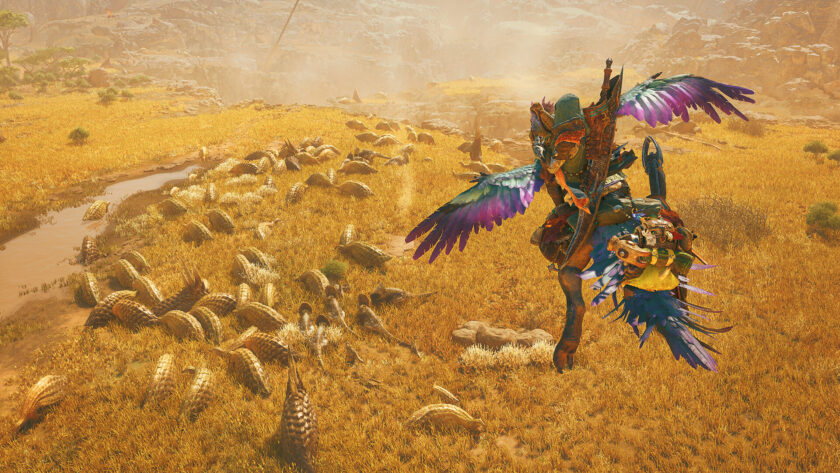
Complementing the enhanced targeting is the introduction of the Seikret mount. More than just a fast travel mechanism, the Seikret serves multiple functions: it acts as a mobile supply station, a quick escape option during dire moments, and even a secondary weapon holster. This innovation allows players to carry two main weapons simultaneously, enabling seamless transitions between playstyles. Imagine starting a hunt with a long-range bow to weaken a distant target and then quickly switching to a close-combat weapon like the Greatsword once the monster draws near. Such fluidity in combat not only reduces downtime but also opens up new strategic combinations that weren’t feasible in previous entries.
The evolution of monster behavior further illustrates the game’s commitment to refining the core formula. In Wilds, monsters aren’t static adversaries but are active participants in a living ecosystem. They react to the environment, display more varied attack patterns, and interact with each other in ways that add layers of unpredictability to each encounter. For example, a monster that thrives in a sandstorm might become less aggressive in calmer weather, or a creature might change its tactics based on the presence of other competing predators. This dynamic approach not only enriches the combat but also makes each encounter unique and engaging.
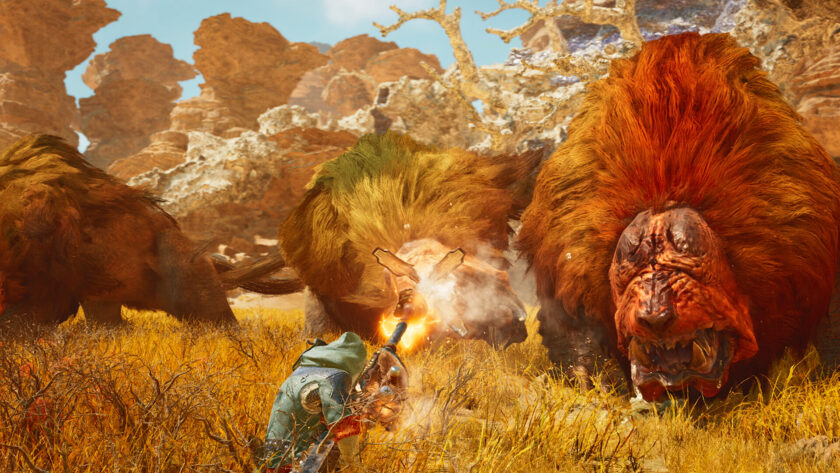
Monster Hunter Wilds elevates the franchise’s creature design to new heights, blending the familiar with bold, innovative concepts that redefine what it means to be a formidable foe in a living ecosystem. Every monster in Wilds is meticulously crafted, with fluid animations and distinctive behaviors that highlight Capcom’s dedication to both artistry and gameplay.
New additions to the monster lineup inject a sense of novelty without straying too far from the core Monster Hunter experience. These newcomers showcase unique mechanics and environmental adaptations that set them apart. For example, certain new species display an uncanny synergy with their habitats, using the shifting weather and terrain to their advantage during combat. While specifics are best discovered firsthand, these fresh faces challenge hunters to adapt and rethink their strategies, ensuring that each expedition remains as thrilling as it is unpredictable.
Additionally, Wilds introduces “Guardian” variants—enhanced forms of established monsters that serve as a testament to Capcom’s evolving design philosophy. These variants offer subtle twists on familiar behaviors, presenting increased difficulty and rewarding tactical play without veering into outright narrative spoilers.
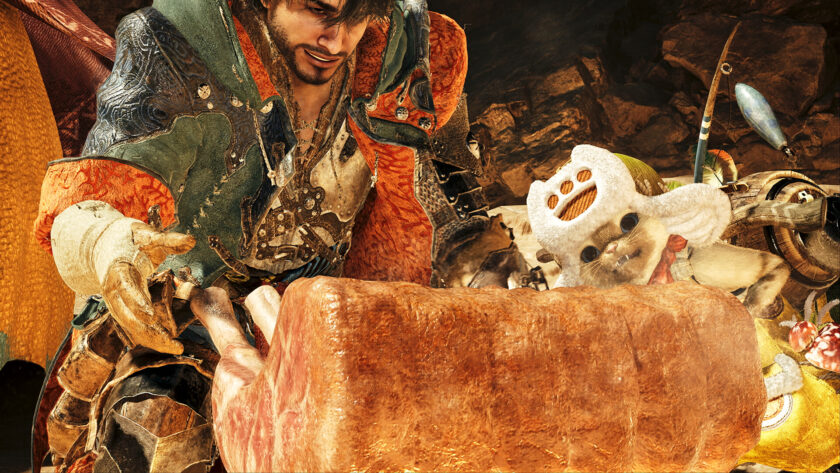
Multiplayer integration has also seen significant improvements. Every quest in Wilds can be tackled either solo or cooperatively, with AI companions filling in the gaps when needed. This unified approach removes the previous division between single-player and multiplayer content, ensuring that every hunt feels substantial. The streamlined social features, despite a few clunky elements inherited from older systems, help create a more cohesive community experience, where coordinating with friends or other online hunters is more intuitive than ever.
Visuals, Audio and Technical Performance
Monster Hunter Wilds delivers a visual spectacle that immerses players in a world teeming with life and dynamic beauty. The open-world design features seamless transitions between sprawling landscapes—from sun-scorched deserts to lush, vibrant forests—each rendered with stunning detail. Dynamic weather systems and shifting day-night cycles ensure that every moment feels fresh; rainstorms, sandstorms, and brilliant sunsets dramatically alter the look and feel of each region. The game’s environments are meticulously crafted, with textured terrain, intricate foliage, and reflective water surfaces that enhance realism. Every locale, whether the rocky expanses of Iceshard Cliffs or the ancient ruins of Wyveria, is brought to life with a blend of natural authenticity and artistic flourish. Monster models, in particular, are a standout; each creature boasts intricately detailed scales, lifelike movements, and expressive animations that highlight their imposing presence. Particle effects during combat—dust clouds, sparks, and dynamic lighting—add an extra layer of intensity. Overall, Capcom’s art direction combines technical prowess with creative vision, ensuring that the visuals not only support gameplay but also evoke a sense of wonder and epic adventure throughout every hunt.

The sound design in Monster Hunter Wilds is equally immersive, creating a rich auditory tapestry that complements its breathtaking visuals. Every environment pulses with natural ambient sounds—from the gentle rustling of leaves in a forest to the haunting echoes in ancient ruins—enhancing the sense of place. Dynamic musical scores swell during intense battles, perfectly synchronized with combat action, while distinctive monster roars and environmental cues provide crucial gameplay feedback. The careful balance of subtle background sounds with powerful orchestral themes ensures that every hunt feels both thrilling and atmospheric, drawing players deeper into the game’s vivid world.
Monster Hunter Wilds delivers a visually stunning and immersive experience on high-end hardware, though it isn’t without technical hiccups. On PS5, the game runs at an unlocked framerate, yet occasional frame drops and minor slowdowns occur during intense battles and in densely detailed environments. Dynamic load times are well-managed by its seamless open-world design, though some areas momentarily strain system resources. Despite these issues, the overall performance remains solid, providing an engaging, atmospheric experience on the PS5.
Final Thoughts
Summary
Monster Hunter Wilds stands as a bold evolution of a beloved franchise. Capcom has successfully blended the series's iconic, skill-based combat with modern innovations, creating a game that is both accessible to newcomers and deeply satisfying for veterans. The seamless open-world design, dynamic weather, and meticulously crafted environments immerse players in a living ecosystem where every hunt feels unique. New mechanics like Focus Mode and the versatile Seikret mount transform gameplay, adding tactical depth without sacrificing the adrenaline of battle. Despite occasional technical hiccups and minor performance issues, the game's visual splendor, refined combat, and robust multiplayer integration ensure a consistently thrilling experience. With an incredibly strong foundation and the promise of future updates, Monster Hunter Wilds is not only a worthy successor to World but also a testament to Capcom's mastery in evolving the franchise while staying true to its roots.




